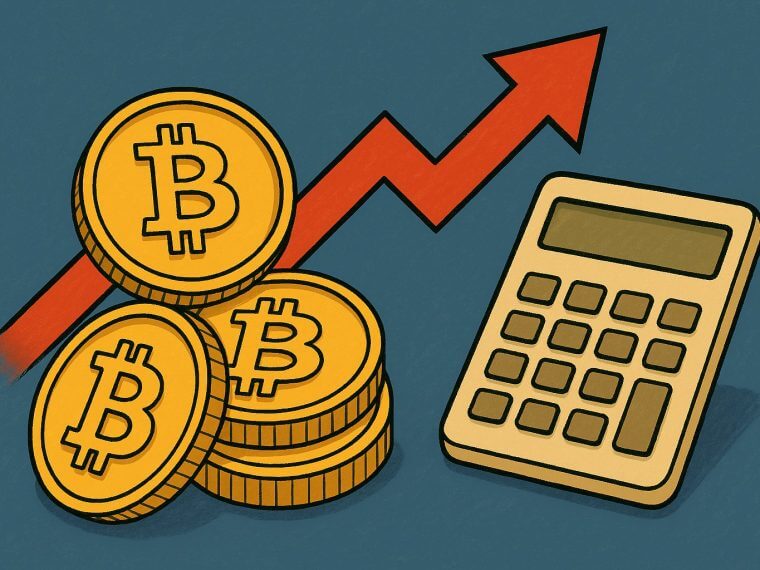Analysis: Bitcoin’s dormant supply growth outpaces new issuance for the first time in history
For the first time in Bitcoin’s history, the amount of BTC held dormant for a decade or more is now growing faster than the network is producing new coins.
This shift, which began shortly after the April 2024 halving, marks a critical turning point in Bitcoin’s (BTC) supply dynamics, according to a June 18 report by Fidelity Digital Assets. As of June 8, an average of 566 BTC per day is crossing into the “ancient supply” category, meaning the coins have not moved in 10 years or more.
That figure now exceeds the network’s post-halving daily issuance rate of 450 BTC. Fidelity’s analysis stresses how the growing influence of long-term holders is redefining Bitcoin’s scarcity narrative in real-time.
Dormant coins are often interpreted as a sign of conviction, or in some cases, permanent loss due to inaccessible private keys. Regardless of motive, the numbers are significant.
Over 3.4 million BTC, more than 17% of the total supply, have not moved in at least a decade. That figure includes coins mined in Bitcoin’s early years, with Satoshi Nakamoto considered the first 10-year holder as of January 2019.
This trend is more than symbolic. Fidelity notes that fewer than 3% of days since 2019 have seen a decline in ancient supply, while the portion of coins held for five years or more is also decreasing far less often than it rises.
At the same time, public companies are increasingly contributing to this long-term cohort. As of June 8, 27 listed firms held more than 800,000 BTC combined. Projections suggest ancient supply could account for 30% of all Bitcoin in circulation by 2035 if this pattern holds.
Still, high conviction isn’t absolute. Since the 2024 U.S. election, the report notes that ancient supply has fallen day-to-day 10% of the time, about four times the historical average. For holders of five years or more, that volatility is even higher, with 39% of days showing net outflows.
These movements partly explain the choppy price action in early 2025 and serve as a reminder that even long-term holders can be shaken in uncertain markets. Fidelity emphasizes that scarcity is not the only factor influencing price.
However, when issuance is decreasing and long-term supply is tightening, there is a greater chance of upward price pressure, especially if institutional and new ETF product demand picks up speed.
You May Also Like

The Daily: Google’s stablecoin payments for AI agents, Bitwise’s ‘spectacular’ end-of-year rally call, CleanCore’s 100M DOGE buy, and more

United States and the U.K. To Announce Closer Crypto Cooperation With Focus on Stablecoins: Report
